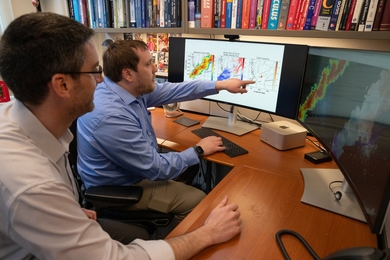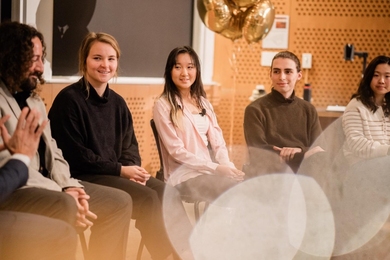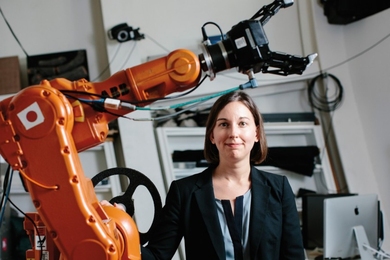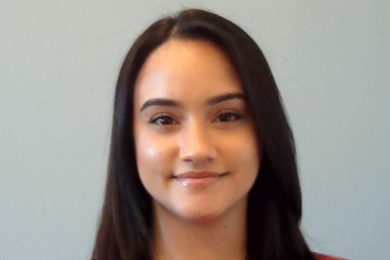MIT has received a significant new federal grant for a new kind of digitally-enabled, personalized — "differentiated" — education. A proposal for "scalable differentiated instruction using technology-enabled competency-based dynamic scaffolding" has been awarded a First in the World Development Grant by the U.S. Department of Education. The project, led by Department of Aeronautics and Astronautics Professor Karen Willcox and Associate Dean for Digital Learning Vijay Kumar targets an increase in the quality of learning experiences and in the ability of students to meet employer standards entering the workforce. The award is for $2.9 million over four years.
The project has three main thrusts. First is to combine tested methods of modularity and curriculum mapping to create competency-based mappings that relate curricular content to student skills and outcomes. Second is to create a companion "fly-by-wire" technology, inspired by aeronautics and control theory, which enables teachers to differentially guide students towards competencies. And third is deployment of these approaches on interoperable online technology architecture so the approach can scale up to meet the needs of many learners cost-effectively.
“Digital technology has revolutionized modern aircraft, and we’re taking an idea from that area,” Willcox says. “In the past, aircraft performance was limited by the physical and cognitive limits of a human pilot. A fly-by-wire aircraft control system uses sensors and digital control algorithms to aid a human pilot and extend those limits. In a fly-by-wire aircraft control system, the human pilot provides high-level inputs to control the aircraft’s movements, while the computer control system responds to pilot commands and sensed environmental conditions to provide differentiated control to individual actuators of the aircraft control surfaces. The result is that a human can pilot an airplane with hundreds of sensors and hundreds of actuators, thus achieving performance, robustness, and reliability levels that go well beyond what a human pilot could achieve alone,” Willcox explains. “The demands of piloting a complex modern aircraft aren’t unlike the demands of many classrooms today, where teachers have finite attention but a large number of students. In this project we will be exploring the question: Can we apply the fly-by-wire analogy to help teachers in a learning environment?”
The project partners with Quinsigamond Community College in Massachusetts (QCC) and Arapahoe Community College in Colorado, representative of urban institutions serving high-need students, with a significant percent comprising underserved minorities and working adults. The technology application will be designed and developed in close collaboration with the community college faculty members for their courses on computer-aided design.
According to Kumar, “these partnerships allow us to work with teachers who understand their audiences well, but are challenged in their capacity to address the disparate needs of a large numbers of learners who are unevenly prepared and motivated. The judicious use of technology to complement teacher assistance will increase the likelihood of achieving significantly improved learning outcomes for all. We may be able to provide new ways to better personalize learning to better fit individual needs.”
Dale Allen, special assistant to the commissioner of the Massachusetts Department of Higher Education and vice president for community engagement at QCC, says that QCC is “honored to partner with MIT and Colorado Community Colleges to transform the delivery of education to increase student success and address the widening skills gap.” He explains that “this effort builds upon MIT’s role as a leader in educational innovation, and past partnership with the Transformation Agenda — a U.S. Department of Labor-funded initiative with the consortium of the Massachusetts community colleges. The Transformation Agenda brought together partners in new and different ways to reimagine delivery of education and workforce training.”
EdX is also a partner on the project. The technology development will leverage Office of Digital Learning Strategic Educational Initiatives’ interoperable architecture work and Open edX technologies to facilitate scalability and user adoption by institutions of higher education serving high-need students. The firm Broad-based Knowledge will act as external evaluators, conducting design and execution of a program evaluation plan.
“We are very excited to kick off this project next month,” Willcox says. “Our hope is that this award provides a new dimension to MIT’s digital education efforts and an opportunity to further extend MIT’s reach and impact beyond our campus boundaries. The award also signals the U.S. Department of Education’s deep interest in new directions for online and blended education models. It is an exciting time to be an educator.”






